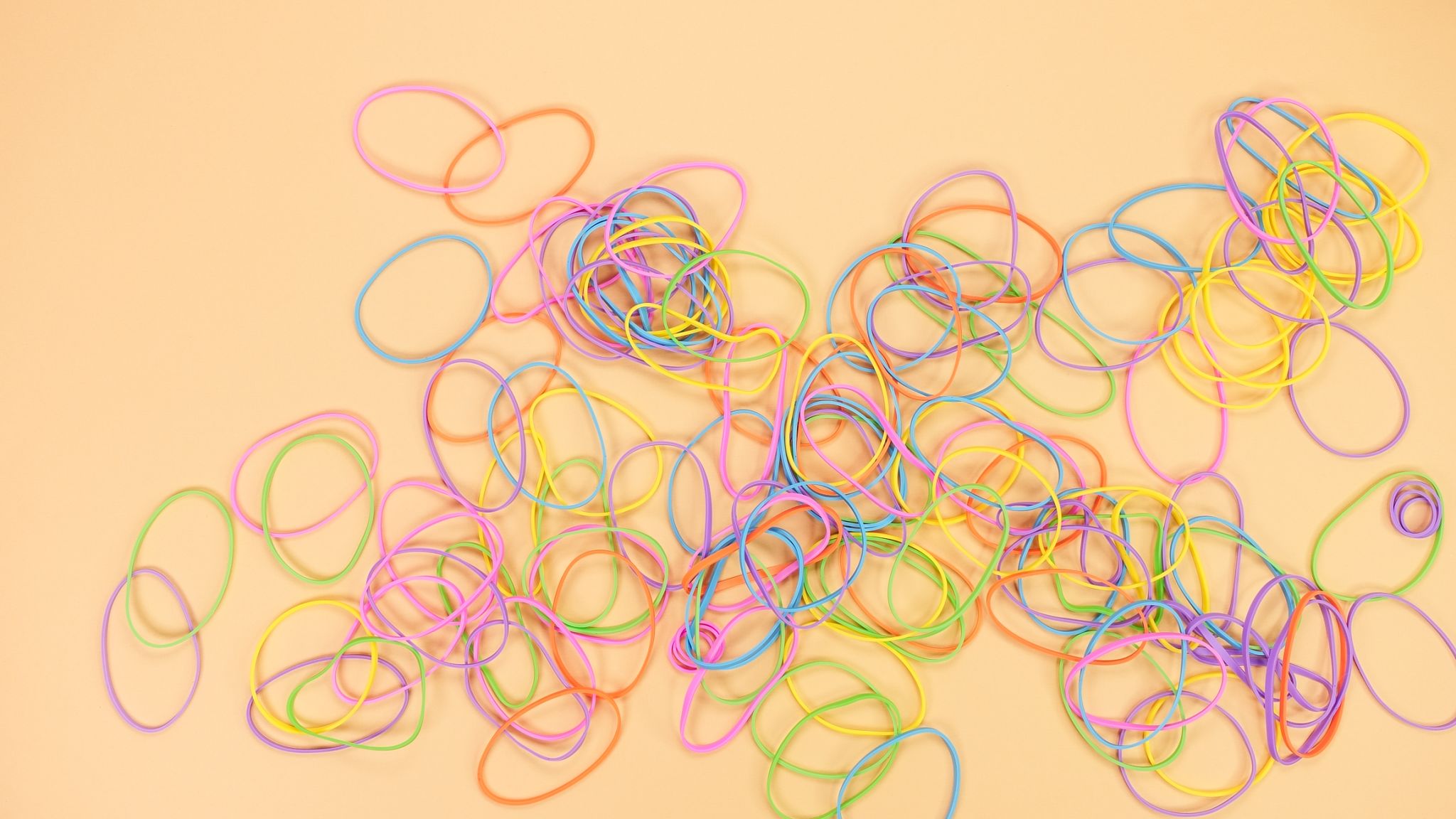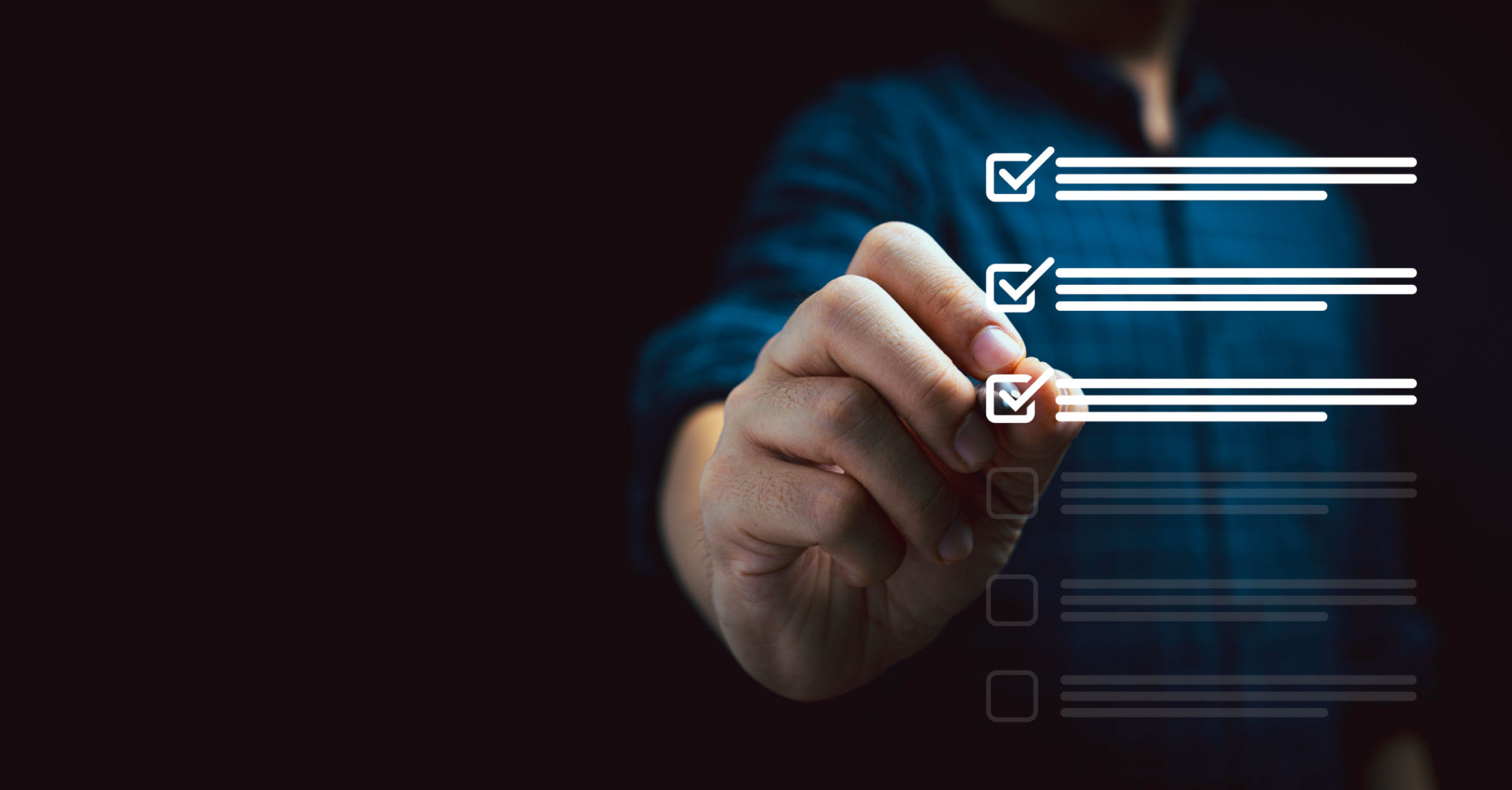A Step-by-Step Guide to DIY Graphic Design for Small Businesses
CH
Why DIY Graphic Design?
In today's competitive market, small businesses need to make a mark with their branding and marketing materials. However, not every small business can afford to hire professional graphic designers. This is where DIY graphic design comes into play. With the right tools and guidance, you can create visually appealing designs that resonate with your audience and enhance your brand's presence.
DIY graphic design empowers small business owners to take control of their visual content, ensuring it aligns with their brand voice and values. By learning a few basic skills, you can produce high-quality designs without breaking the bank.

Essential Tools for DIY Design
To begin your DIY graphic design journey, you'll need to equip yourself with some essential tools. Fortunately, there are many user-friendly graphic design software options available that cater to beginners and small business needs.
- Canva: Known for its intuitive drag-and-drop interface and vast library of templates, Canva is perfect for creating social media graphics, presentations, and more.
- GIMP: A free, open-source alternative to Photoshop, GIMP offers advanced editing features for those who want more control over their designs.
- Adobe Spark: Ideal for quick and easy designs, Adobe Spark allows you to create graphics, web pages, and videos effortlessly.
Understanding Design Basics
Before diving into your first project, it's crucial to understand some basic design principles that will guide your creative process. Familiarize yourself with concepts like color theory, typography, and composition.
Color Theory: Choosing the right colors can evoke specific emotions and convey your brand's message effectively. Learn about color schemes and how they can impact your design.

Typography
The fonts you choose play a significant role in your design's readability and aesthetics. Stick to a maximum of two or three fonts per design to maintain consistency and clarity. Consider using font pairing tools to find combinations that complement each other well.
Composition
Composition refers to the arrangement of elements within a design. Employ principles like balance, alignment, and contrast to create visually appealing layouts. Remember that whitespace can be just as important as the elements themselves, providing breathing room and enhancing focus on key features.

Creating Your First Project
Now that you're equipped with the necessary tools and knowledge, it's time to start your first project. Begin by identifying the purpose of your design—whether it's a social media post, flyer, or business card—and outline the key message you want to communicate.
Select an appropriate template from your chosen software or create a custom layout. Use your understanding of color theory and typography to choose suitable colors and fonts that align with your brand identity.
Refining Your Design
After completing your initial draft, take a step back and review your work. Pay attention to details like alignment, spacing, and consistency in style. Solicit feedback from colleagues or friends who can provide constructive criticism.
Make necessary adjustments based on the feedback you receive. Remember that design is often an iterative process, so don't be afraid to make changes until you're satisfied with the final result.

Finalizing and Using Your Designs
Once you're pleased with your design, save it in the appropriate format for its intended use. For digital platforms, formats like JPEG or PNG are commonly used, while PDFs are suitable for print materials.
Your newly created designs can now be utilized across various marketing channels to enhance your brand's visibility. By mastering DIY graphic design, you've gained a valuable skill that can significantly benefit your small business in both the short and long term.
